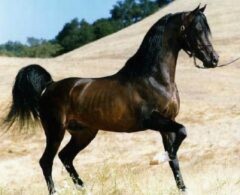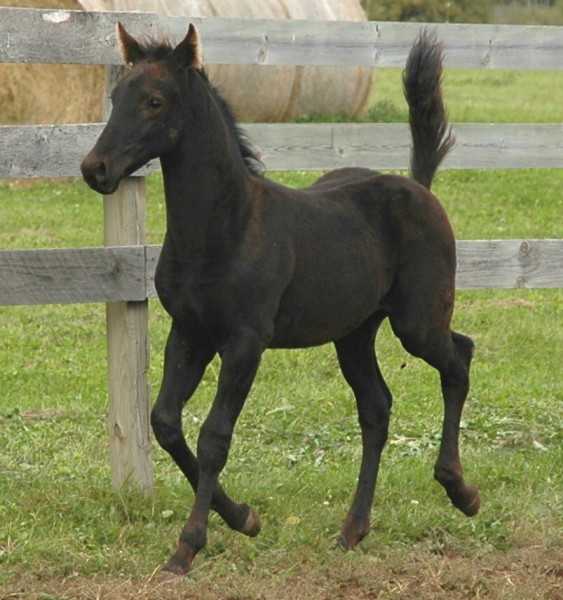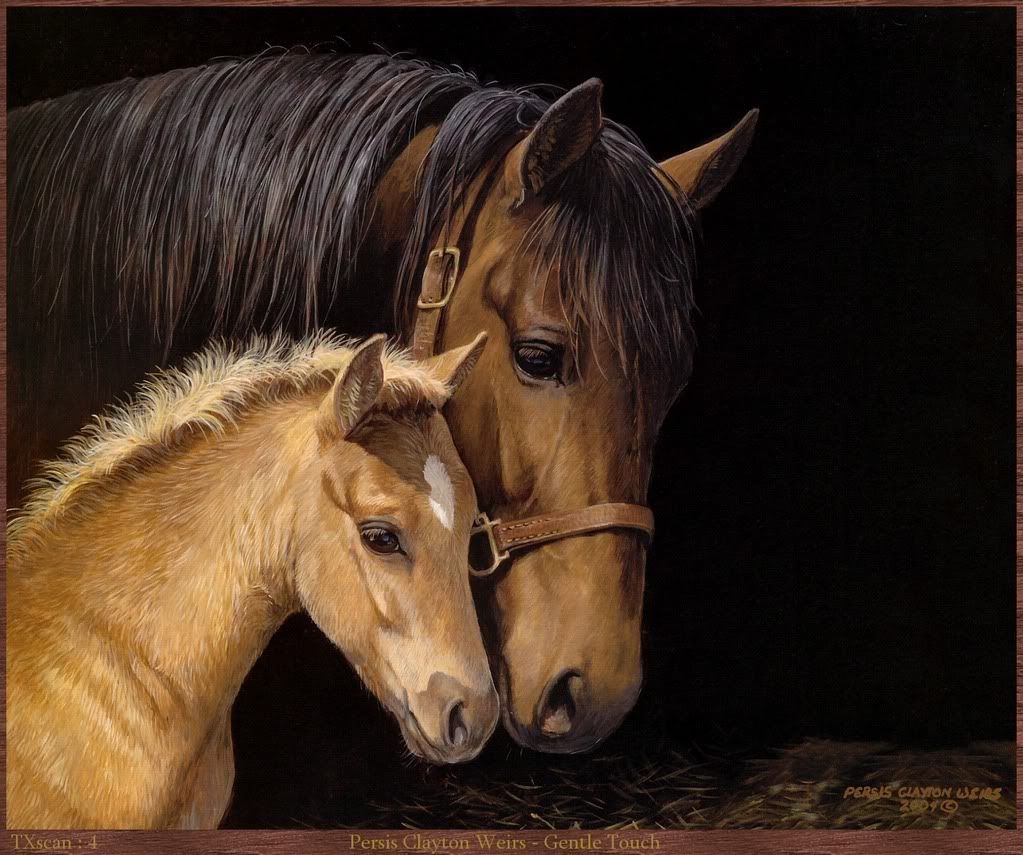Today I shall be discussing different breeds of horses. Horses are very unique due to their coloring and genetics. Here are some of the popular breeds worldwide: American Paint, American Quarter, Clydesdale's, Palomino, and Arabian Horses.
American Paint horses are easy-going, friendly and can be very smart. The horses have different coloring also, like spots. Their markings fall into two classes: tobiano and overo. Tobiano is a horse with white and dark markings, while an overo is dark with light markings.
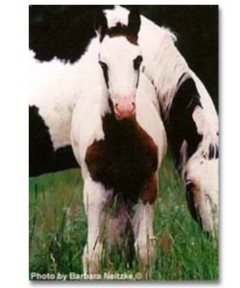
American Quarter Horses have more muscle and are very great riding horses. Their hindquarters make them very fast in competition than other horses. Their color varies from bay, tobaino, and etc. Usually they are a solid color with white hooves.
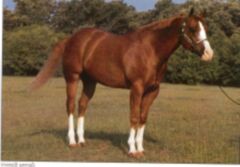
Clydesdale's are the biggest and prettiest horse I've ever seen. Their color is one solid color with a white belly. They are great for plowing, hauling materials, and for pulling wagon's. The Budweiser Clydesdale's are black with a white belly and I got to see them last summer in Spearfish. When I stood by them they were taller than myself.
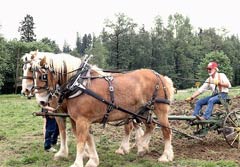
Palomino horses are beautiful, fast, and competitive. These horses are in almost all events such as: racing, ranching, rodeos, parades, and etc. In the fourth of July parade the rodeo laides usually ride palominos because they are so magnificent.
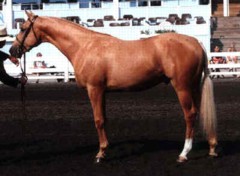
Arabian horses are very close to their owners and caring. These horses are also very great for races because of their stamina and agility. You would want an Arabian horse for racing because they are so fit.
